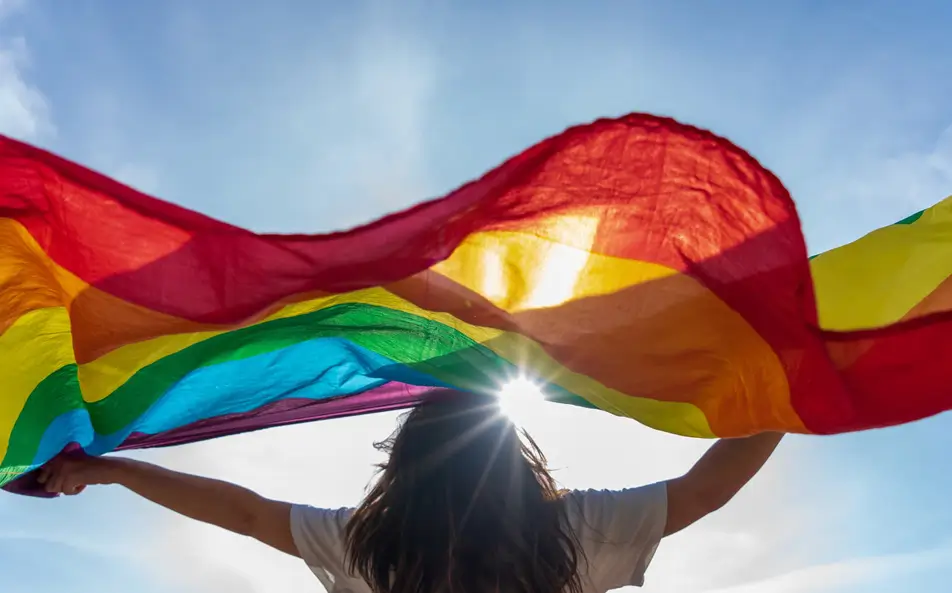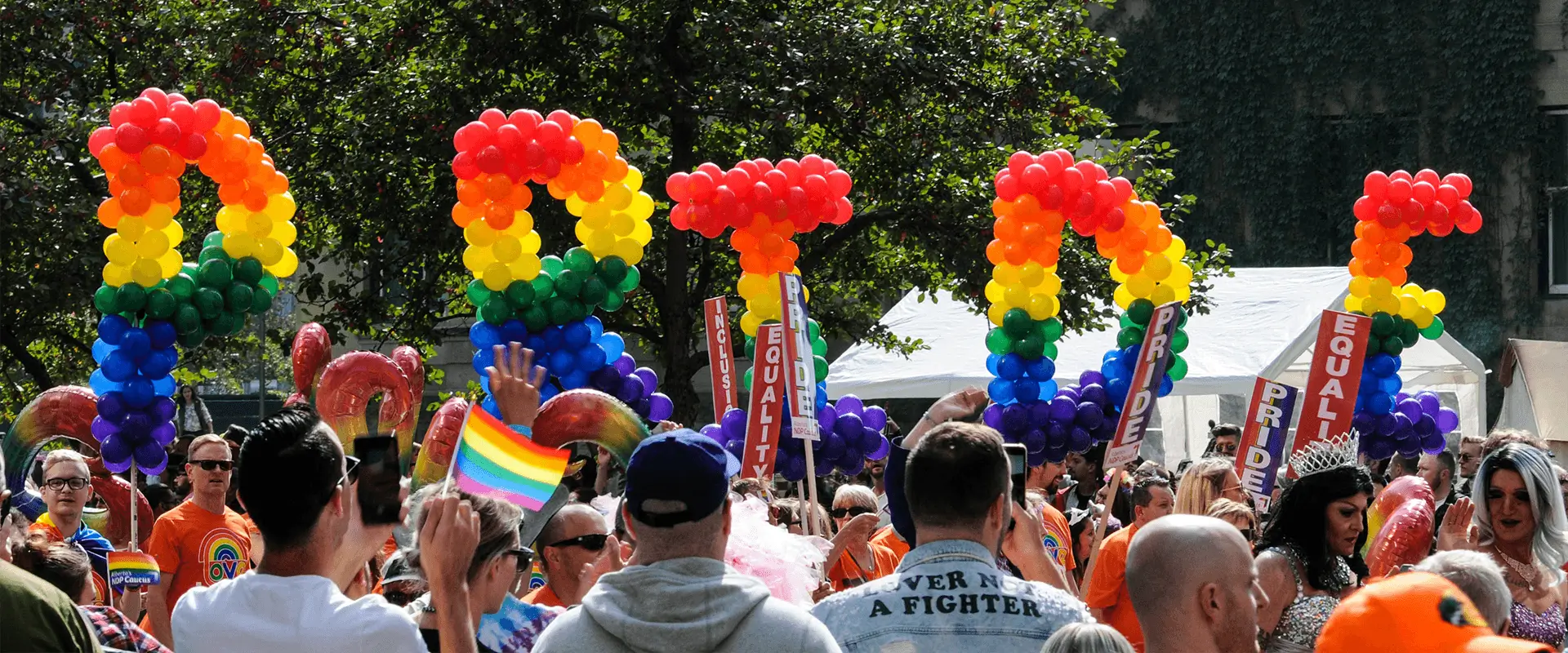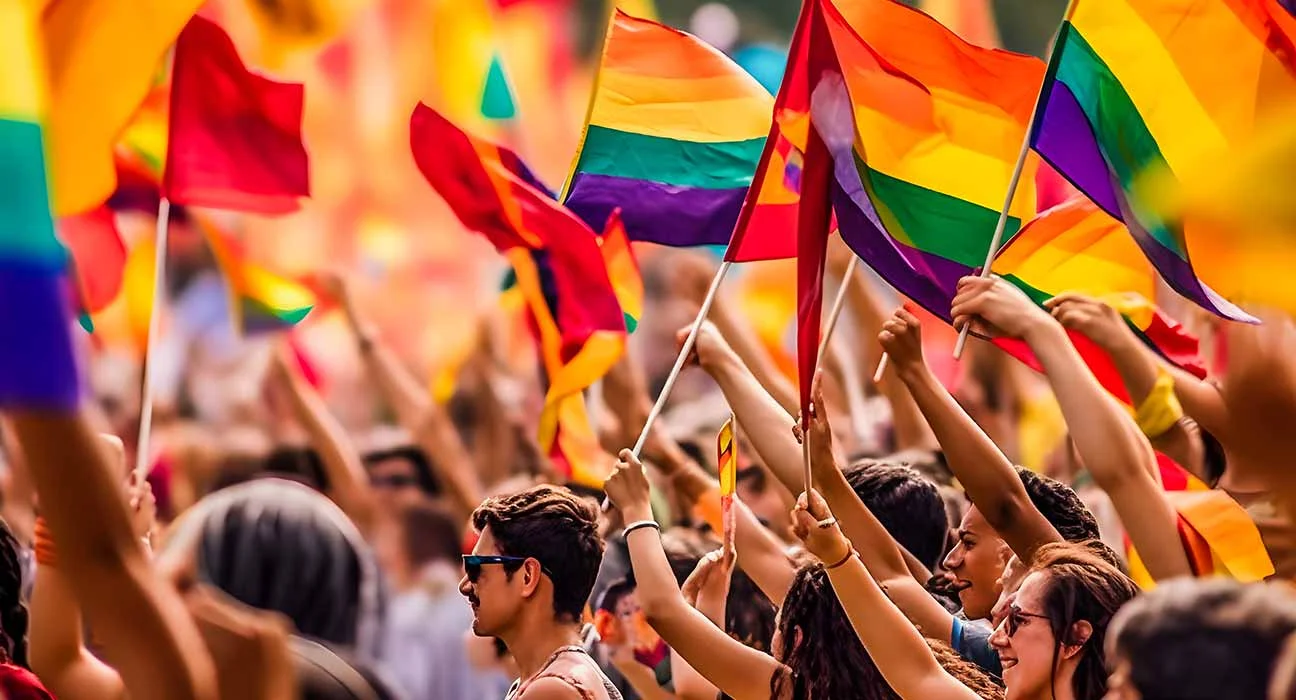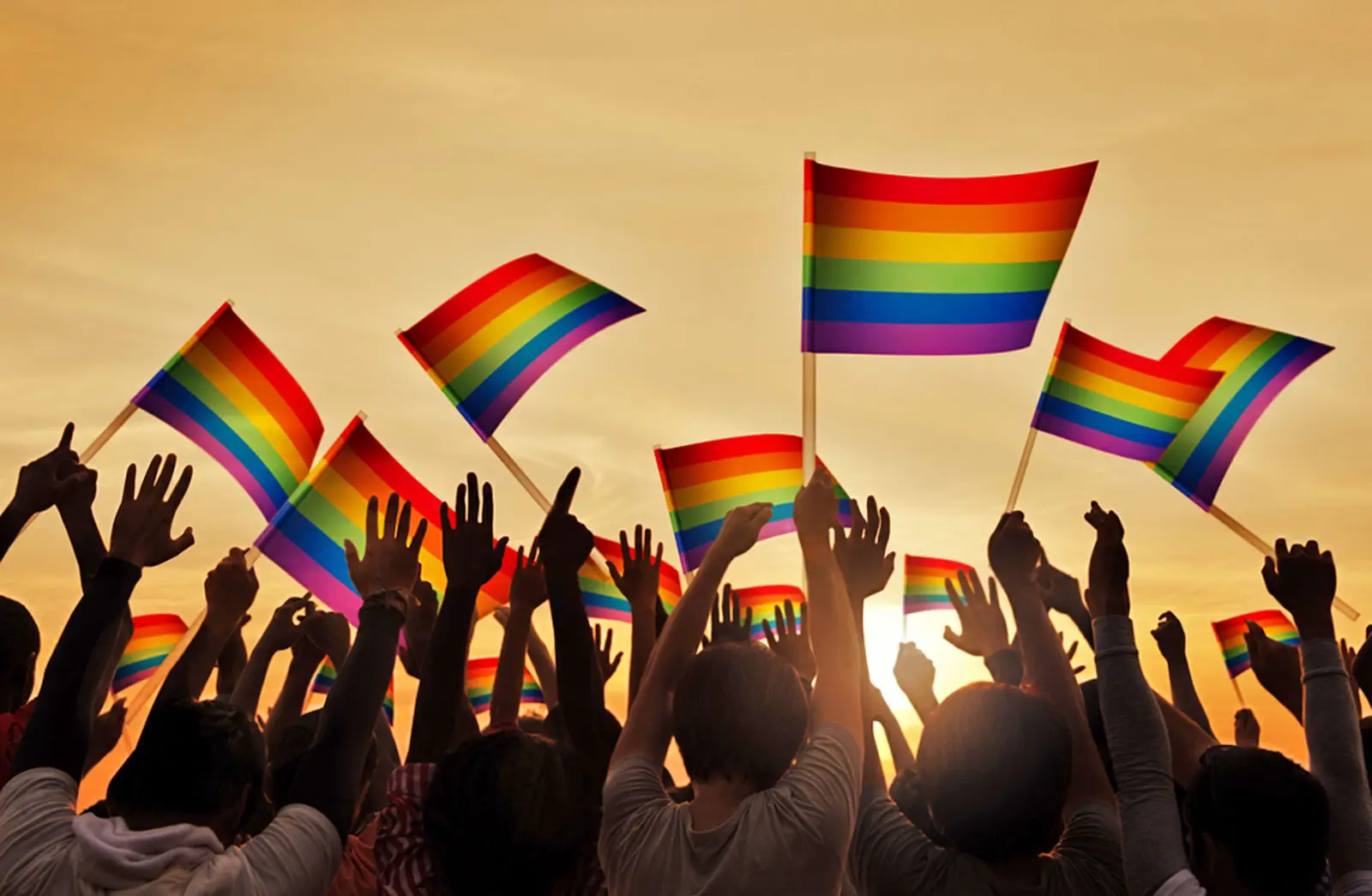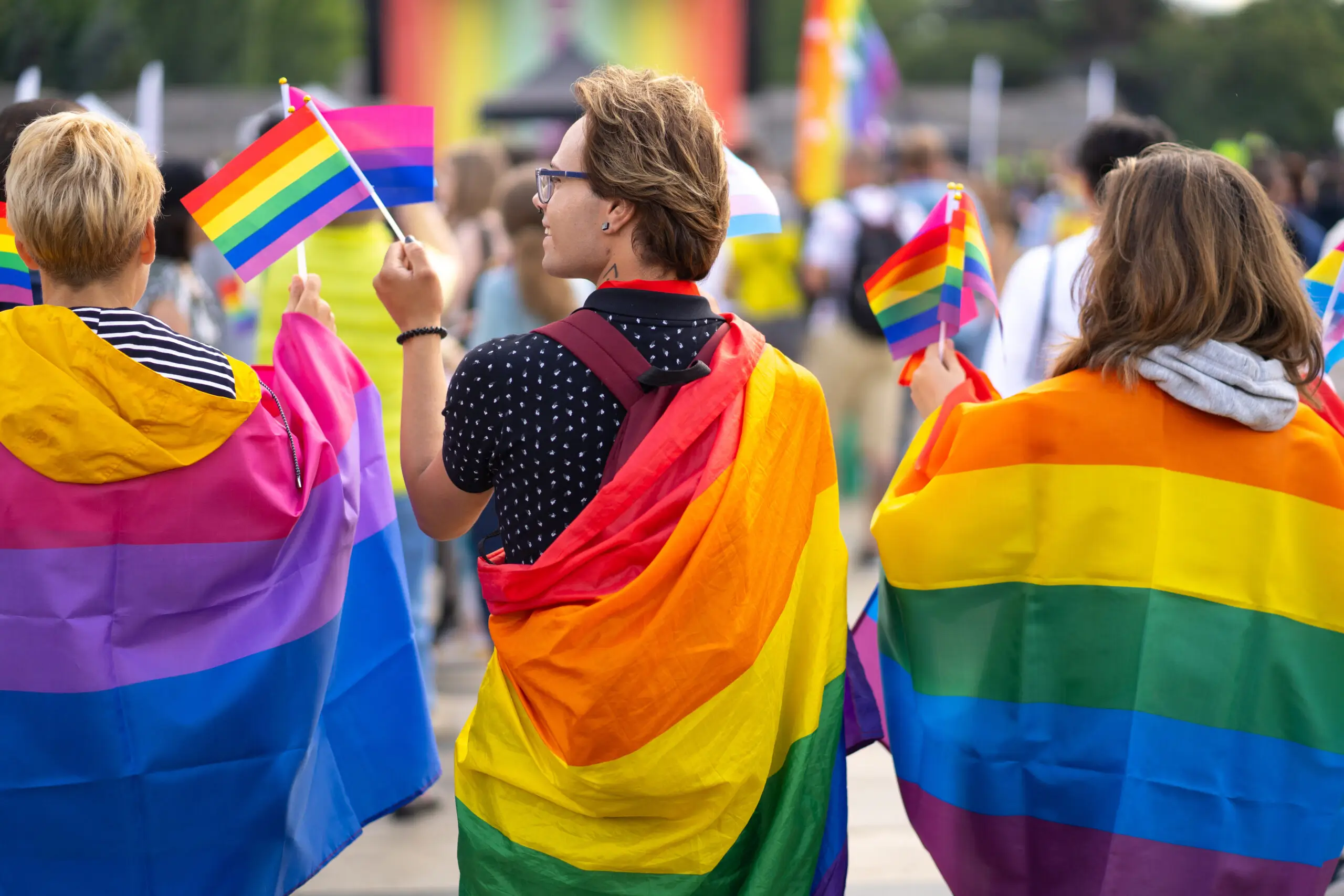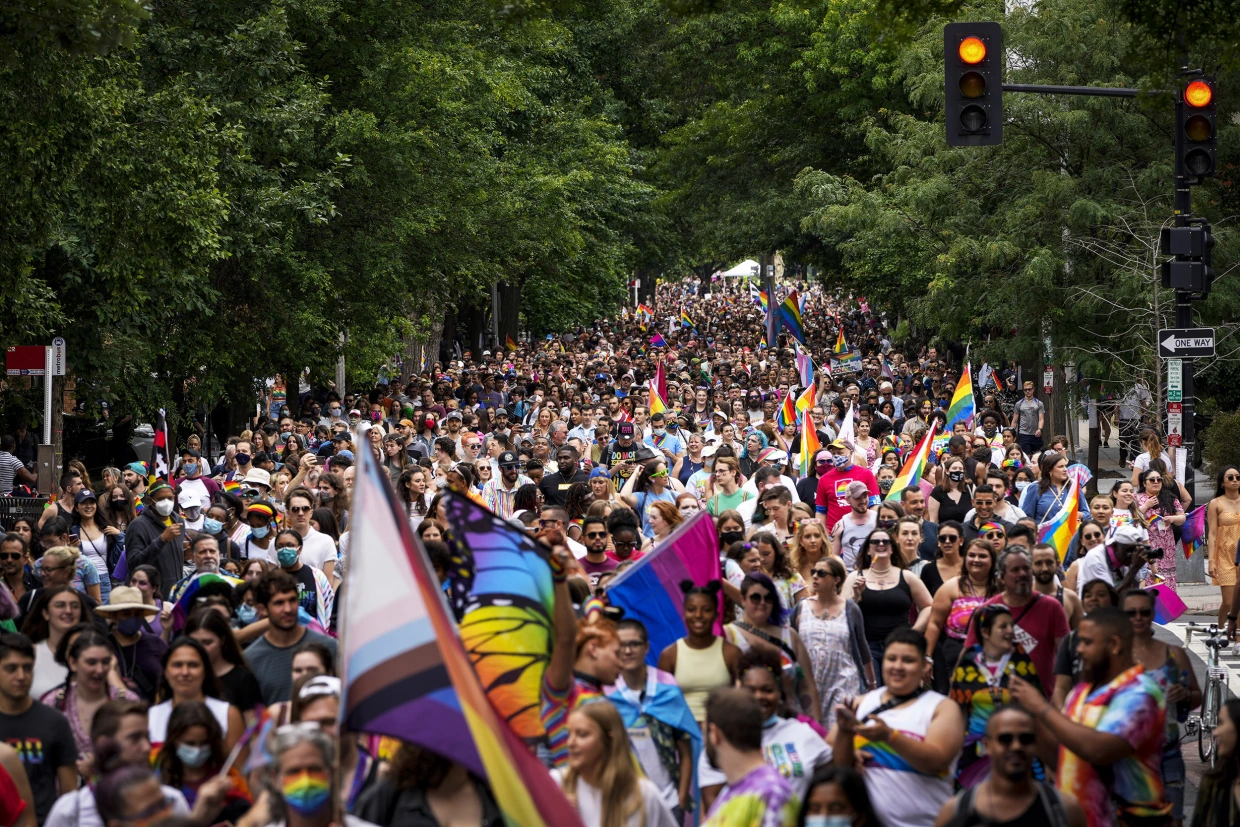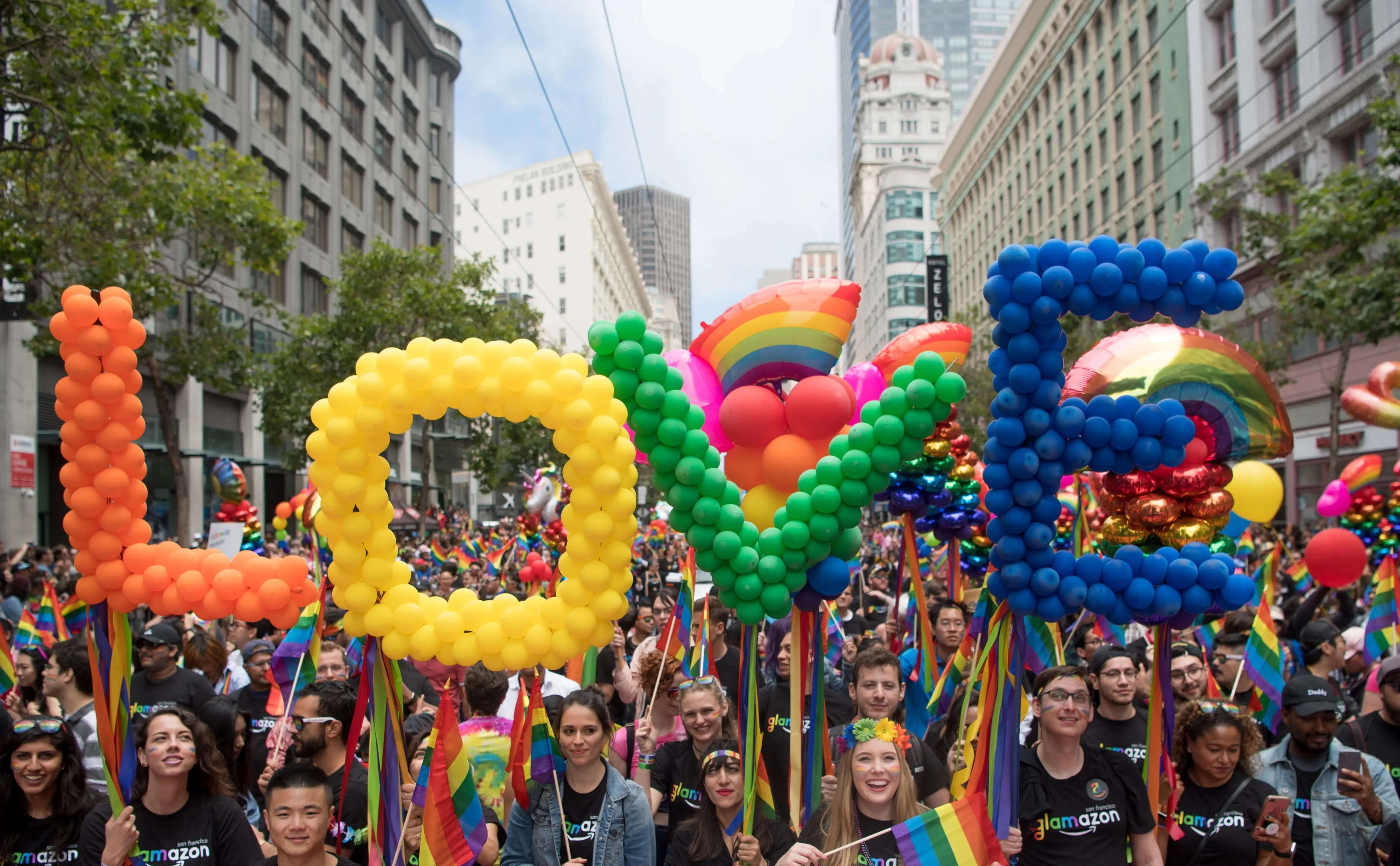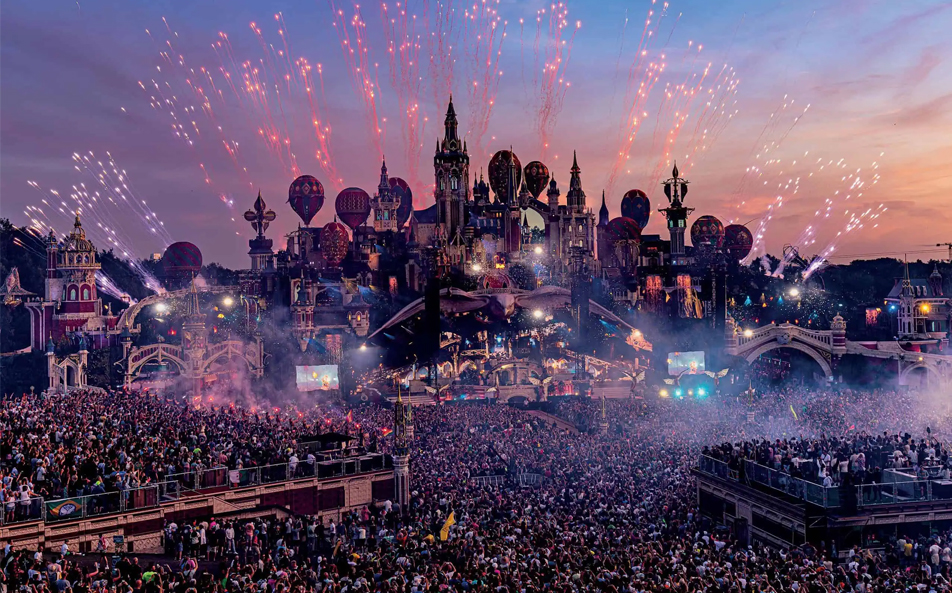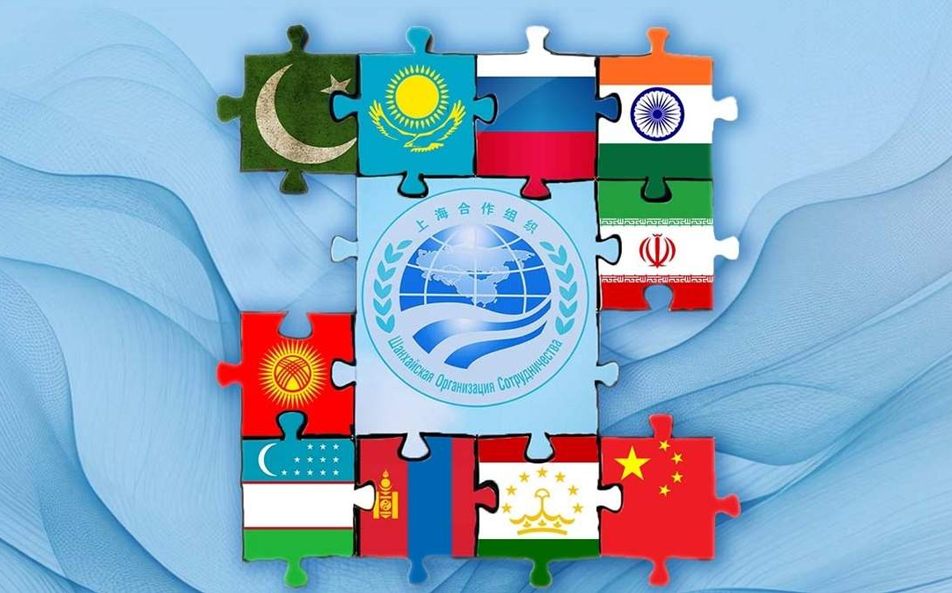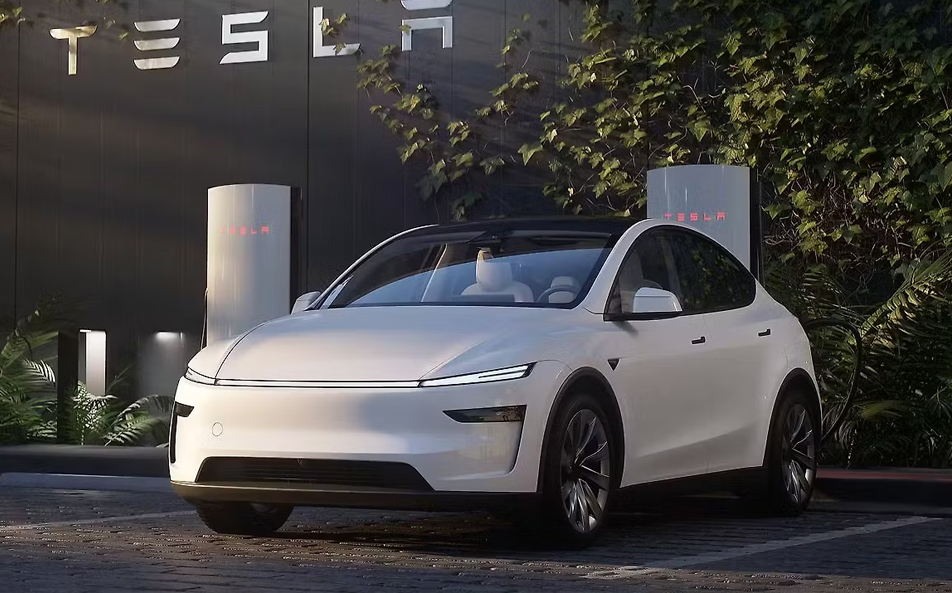
The United Indian

Pride Month, celebrated every June, is a vibrant and colorful recognition of the LGBTQ+ community’s struggle for equal rights, acceptance, and love. But beyond the parades, rainbow flags, and festive events lies a profound history of resilience, resistance, and triumph. This blog delves into the origins and evolution of the Happy Pride Month we , celebrating the milestones and individuals that have shaped this significant movement.
The Roots of Pride: The Stonewall Uprising
To understand Pride Month, we must start with the pivotal event that ignited the modern LGBTQ+ rights movement: the Stonewall Uprising. In the early hours of June 28, 1969, police raided the Stonewall Inn, a gay bar located in New York City's Greenwich Village. While police raids on gay bars were common at the time, the patrons of Stonewall decided to resist. The raid sparked a spontaneous and violent protest. The members of the LGBTQ+ community fighting back against years of harassment and discrimination.
The Stonewall Uprising continued for several days and galvanized LGBTQ+ individuals to demand their rights more vocally and assertively. The bravery displayed during those nights at Stonewall became a symbol of resistance and a catalyst for the LGBTQ+ liberation movement.
The First Pride Marches
Inspired by the spirit of Stonewall, the first Pride marches took place a year later, on June 28, 1970. These initial marches were held in New York City, Los Angeles, and Chicago, marking the first anniversary of the uprising. Originally called “Christopher Street Liberation Day” in New York, these marches aimed to commemorate the rebellion and assert the community’s right to exist openly without fear.
The first Pride marches were both a celebration and a protest. Marchers carried signs and chanted slogans demanding equal rights, while also celebrating their identity and community. This dual nature of Pride—both a protest and a celebration—remains a core aspect of the events today.
The Evolution of Pride
In the years following the initial marches, Pride events began to spread to more cities in the United States and around the world. The 1970s and 1980s were marked by significant advancements as well as challenges for the LGBTQ+ community. Homosexuality was still classified as a mental disorder by the American Psychiatric Association until 1973, and the HIV/AIDS crisis of the 1980s brought further stigma and hardship.
Despite these challenges, the community continued to fight for recognition and rights. The term "Pride" began to be more commonly associated with these events, emphasizing self-affirmation, dignity, and equality. Organizations such as the Human Rights Campaign, GLAAD, and PFLAG (Parents, Families, and Friends of Lesbians and Gays) played crucial roles in advocating for LGBTQ+ rights and visibility.
International Expansion
By the 1990s, Pride celebrations had become global phenomena. Cities across Europe, Canada, Australia, and Latin America started organizing their own Pride events. Each region brought its unique cultural flavor to the celebrations, while the core messages of equality and acceptance remained universal.
In many countries, Pride events also served as platforms to address local LGBTQ+ issues. For example, in countries where homosexuality was still criminalized, Pride marches became acts of defiance against oppressive laws. Activists risked their safety to participate, knowing that visibility was a powerful tool in their fight for rights.
Legal Milestones and Cultural Shifts
The 2000s and 2010s saw significant legal and cultural advancements for the LGBTQ+ community. In 2003, the United States Supreme Court's decision in Lawrence v. Texas struck down sodomy laws nationwide, decriminalizing same-sex relationships. In 2015, the Supreme Court's landmark ruling in Obergefell v. Hodges legalized same-sex marriage across the United States.
Similar advancements were happening globally. Countries like Canada, the United Kingdom, Spain, and South Africa recognized same-sex marriage, while others decriminalized homosexuality and enacted anti-discrimination laws. These legal victories were often celebrated during Pride events, symbolizing progress and reinforcing the importance of continued advocacy.
Culturally, there was an increasing acceptance and representation of LGBTQ+ individuals in media, politics, and everyday life. Shows like "Will & Grace," "Queer Eye," and "RuPaul's Drag Race" brought LGBTQ+ characters and stories into mainstream consciousness, helping to shift public perception and foster greater acceptance
Modern Pride Celebrations
Today, Pride Month is celebrated with a wide array of events, including parades, festivals, concerts, and educational activities. Major cities like New York, San Francisco, London, and Sydney host some of the largest and most well-known Pride events, attracting millions of participants and spectators.
Corporate involvement in Pride has also grown, with many companies sponsoring events and launching Pride-themed products. While this commercialization has brought increased visibility and resources, it has also sparked debates within the community about authenticity and the potential for "rainbow-washing"—where companies support Pride for profit without genuine commitment to LGBTQ+ rights.
Despite these debates, the core essence of Pride remains: a celebration of identity, a commemoration of past struggles, and a continued call for equality. Pride Month provides an opportunity for reflection on the progress made and the work still needed to achieve full acceptance and equal rights for all.
Intersectionality and Inclusivity
A critical evolution within Pride has been the increasing recognition of intersectionality. Intersectionality acknowledges that people have multiple, overlapping identities and that these intersecting identities can lead to different experiences of discrimination or privilege.
Pride events now often emphasize inclusivity, ensuring that all members of the LGBTQ+ community feel represented and celebrated. This includes greater visibility for transgender individuals, people of color, and those with disabilities. Movements like Black Lives Matter have influenced Pride, highlighting the importance of addressing racism and other forms of discrimination within the LGBTQ+ community.
Interesting Facts About the Transgender Community
Here are some eye-opening and compelling facts about the transgender experience:
- Population Estimates: Approximately 1.4 million adults in the United States identify as transgender. Globally, estimates suggest that around 0.3-0.5% of the population may be transgender.
- Increased Media Visibility: Transgender representation in media has surged with shows like "Pose," "Orange is the New Black," and "Transparent," which have transgender actors and center on transgender stories, significantly raising public awareness.
- According to the same NCTE survey, 27% of transgender people reported being fired, denied a promotion, or not hired due to their gender identity.
- The American Foundation for Suicide Prevention reports that 40% of transgender adults have attempted suicide.
- According to GLSEN, 75% of transgender students feel unsafe at school due to their gender expression, leading to higher absenteeism, lower academic performance, and increased dropout rates.
- Over 70 countries have laws allowing transgender individuals to change their legal gender, although many require medical or surgical intervention.
- In January 2021, President Joe Biden lifted the ban on transgender individuals serving openly in the U.S. military, allowing them to serve without hiding their gender identity.
The Future of Pride
As we look to the future, the significance of Pride Month continues to evolve. While many countries have made substantial progress in LGBTQ+ rights, others still face significant challenges. In numerous places around the world, LGBTQ+ individuals continue to face legal persecution, violence, and social ostracism.
The future of Pride will likely see a continued push for global equality, leveraging the power of international solidarity. Social media and digital platforms will play an increasingly important role in connecting activists, sharing stories, and mobilizing support.
Conclusion
Pride Month is more than just a celebration; it is a testament to the resilience and determination of the LGBTQ+ community. From the bravery of those who stood up at Stonewall to the ongoing fight for equality worldwide, Pride Month honors the past while looking forward to a more inclusive and just future.
As we don our rainbow colors and join in the festivities, it’s important to remember the history and struggles that have shaped Pride. Each parade, protest, and party is a step toward a world where everyone, regardless of their sexual orientation or gender identity, can live openly, authentically, and without fear. Happy Pride Month!
Read more in Recent Events
Jul 18, 2025
TUI Staff
Jul 15, 2025
TUI Staff
Jul 14, 2025
TUI Staff

Stay Tuned with The United Indian!
Our news blog is dedicated to sharing valuable and pertinent content for Indian citizens. Our blog news covering a wide range of categories including technology, environment, government & economy ensures that you stay informed about the topics that matter most. Follow The United Indian to never miss out on the latest trending news in India.
©The United Indian 2024

